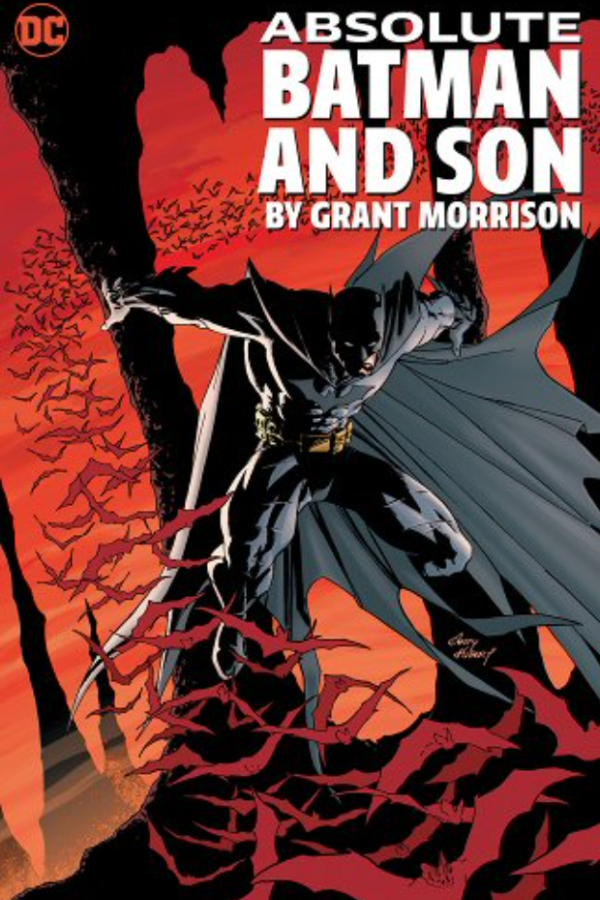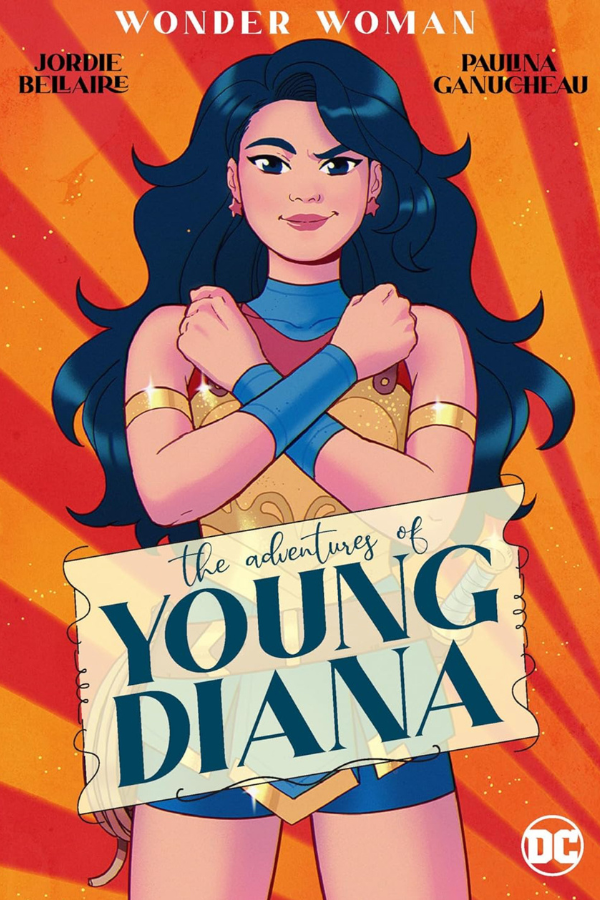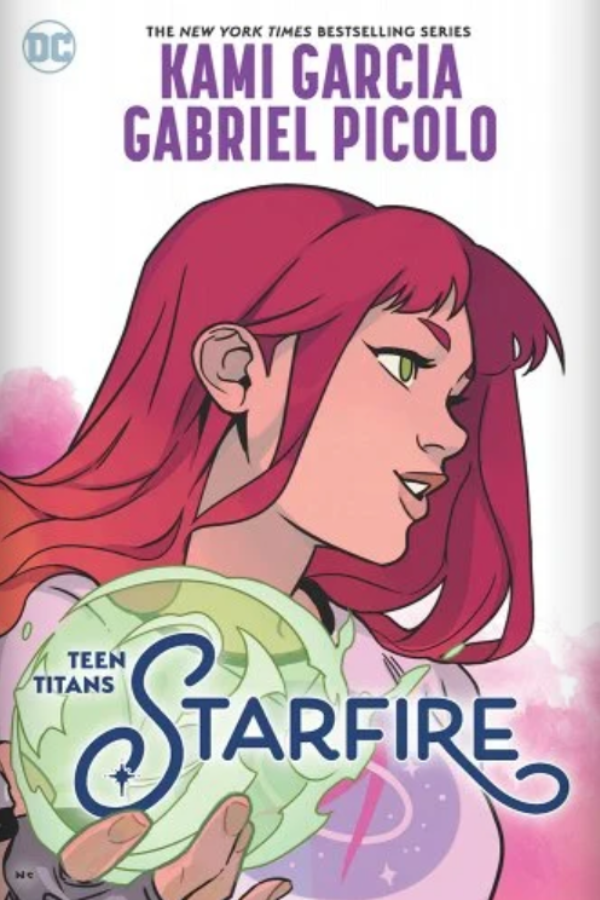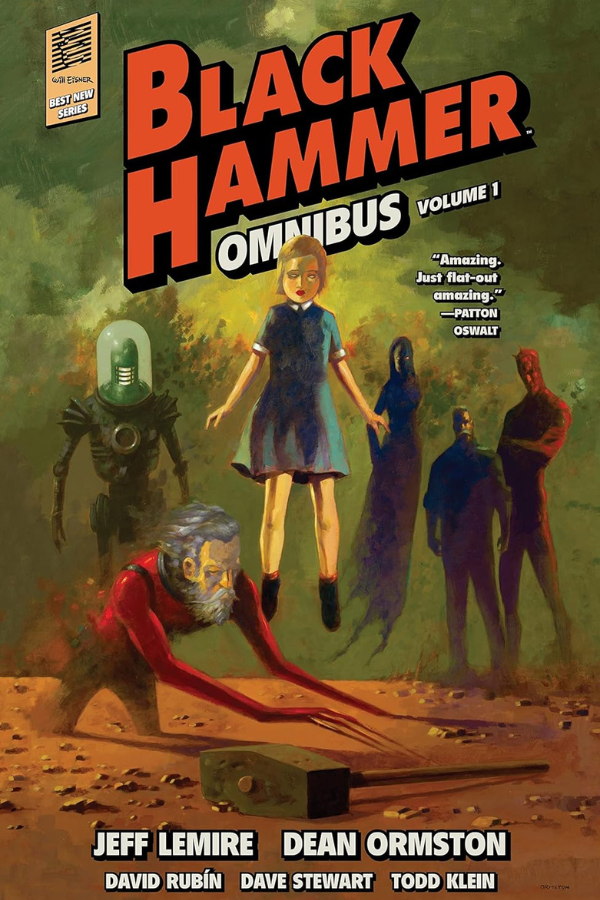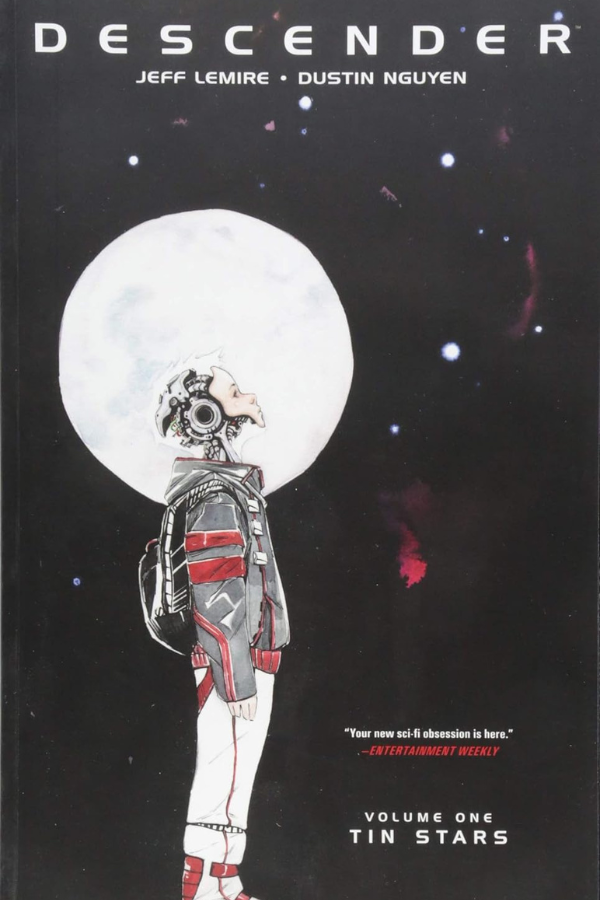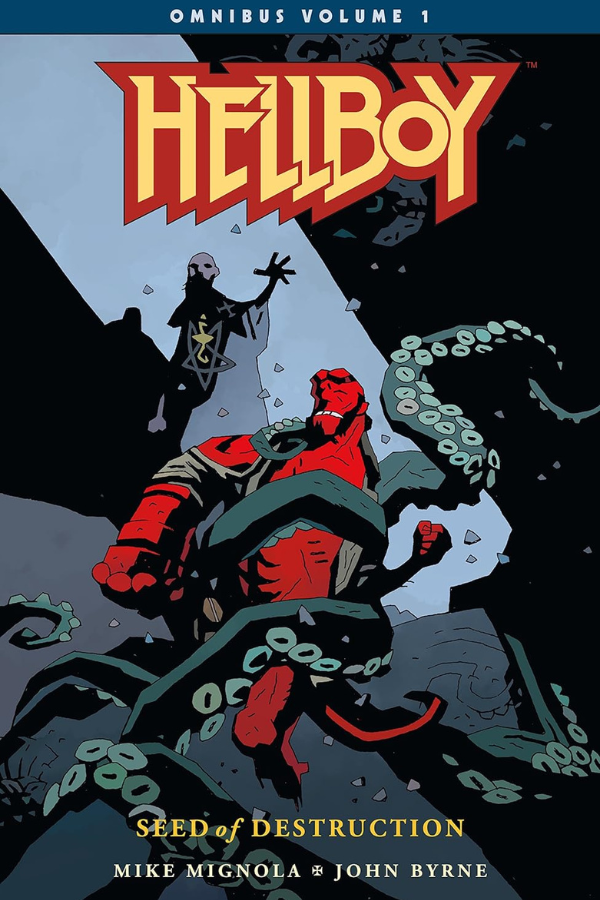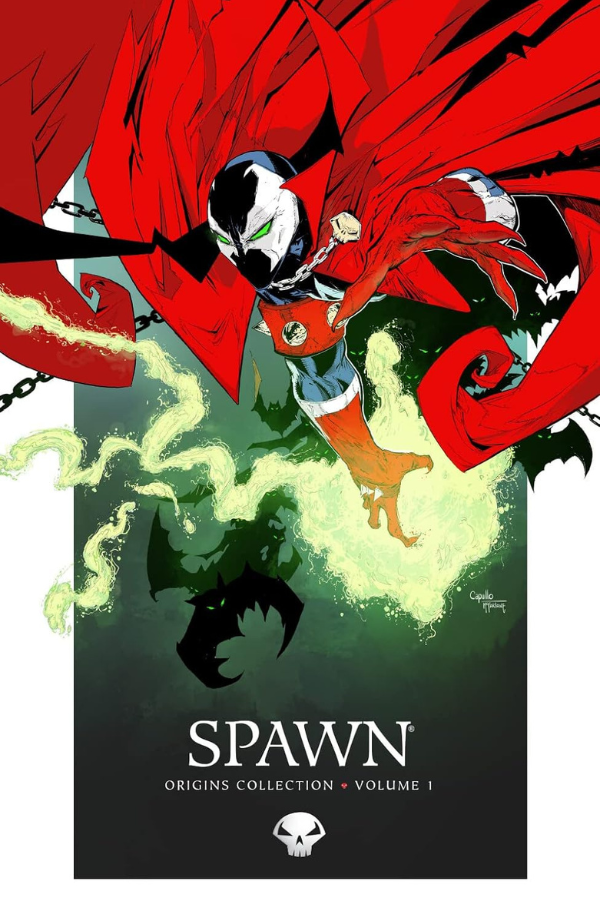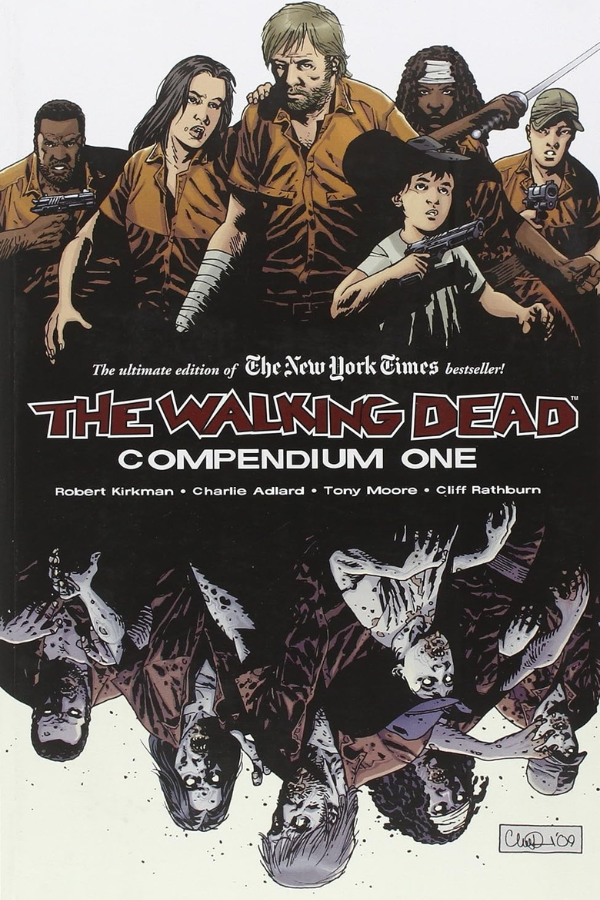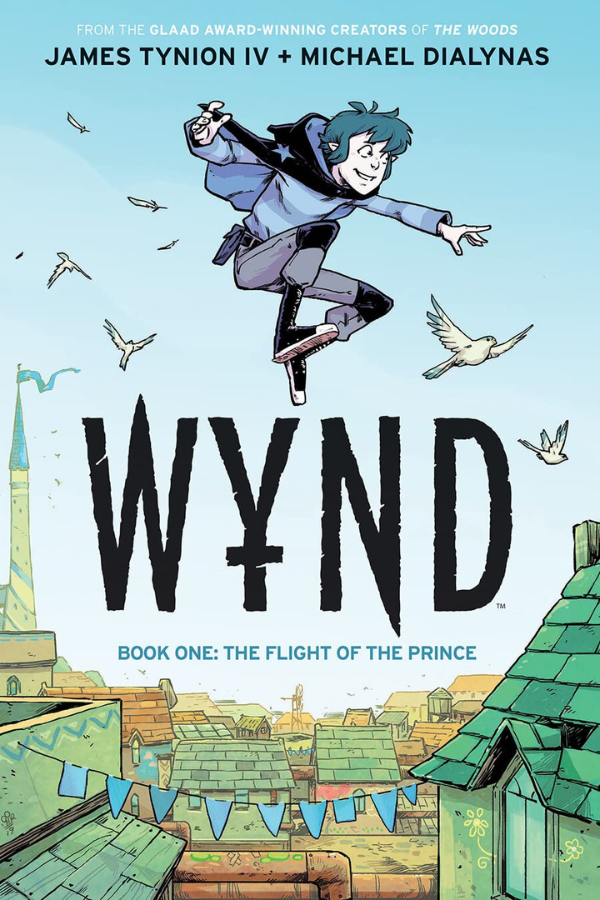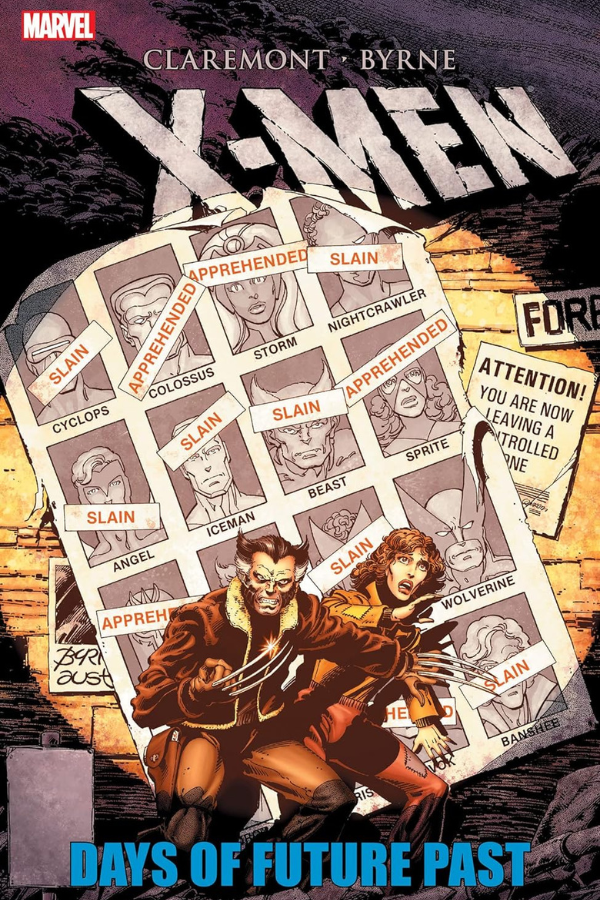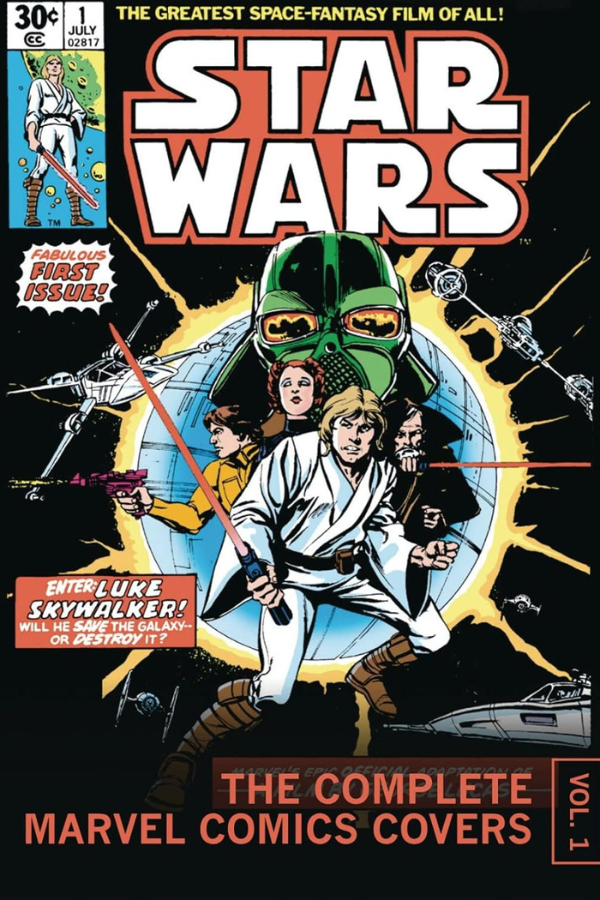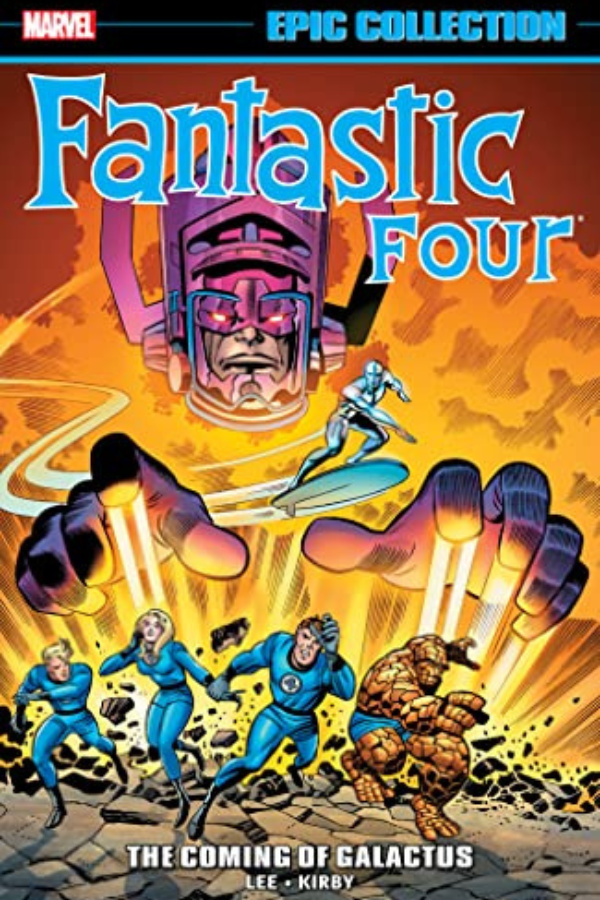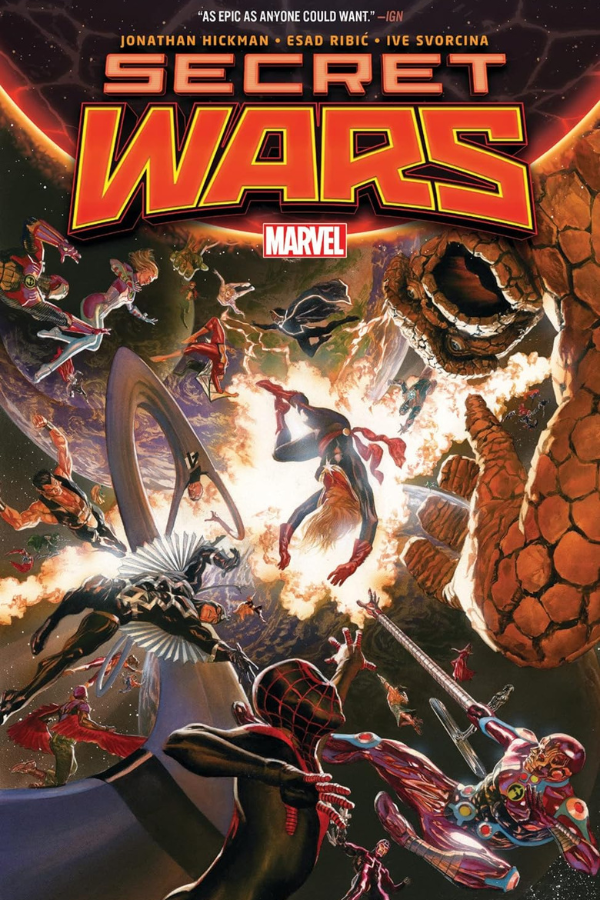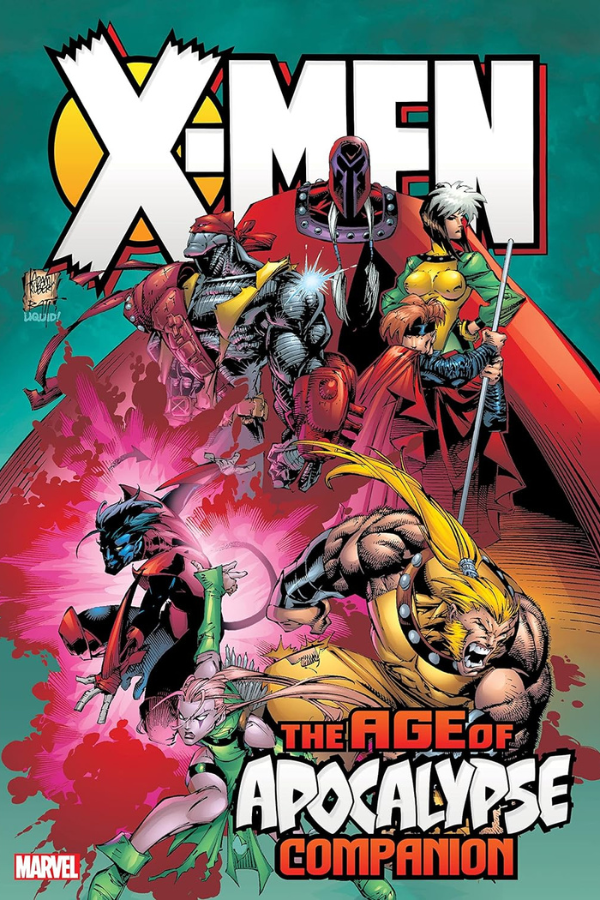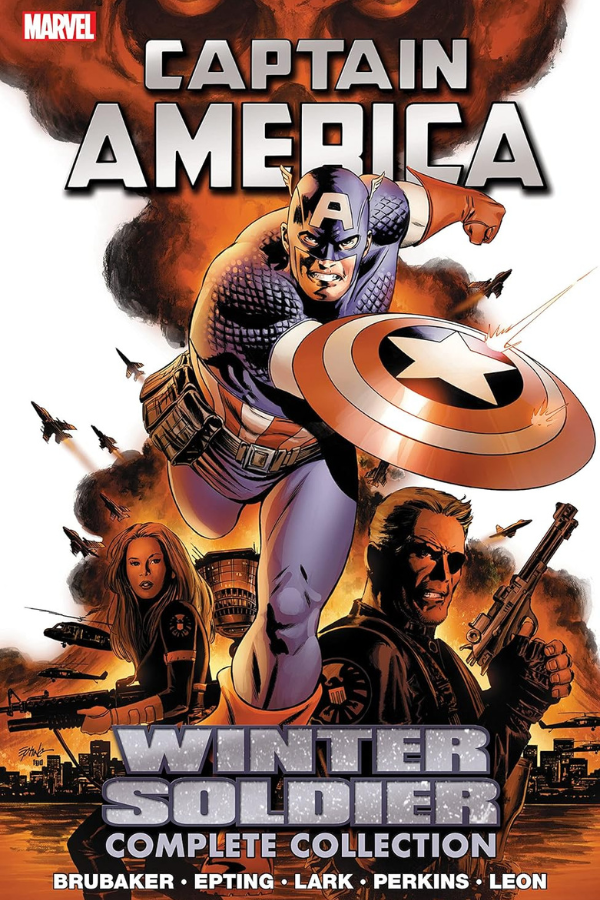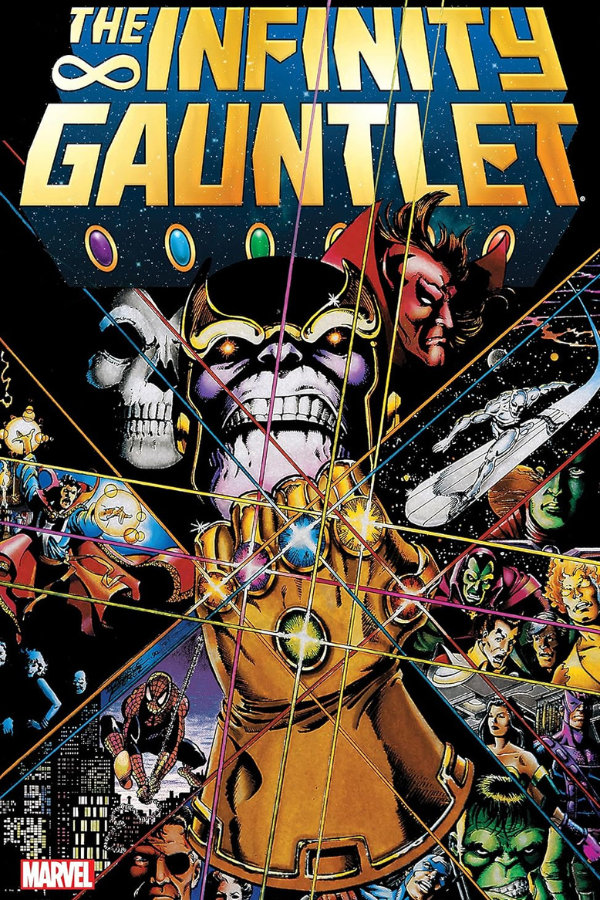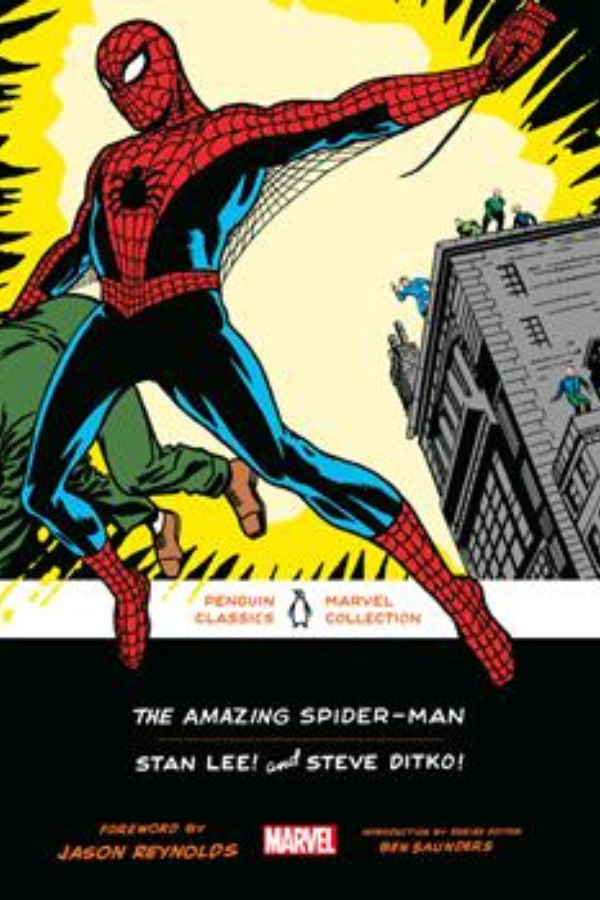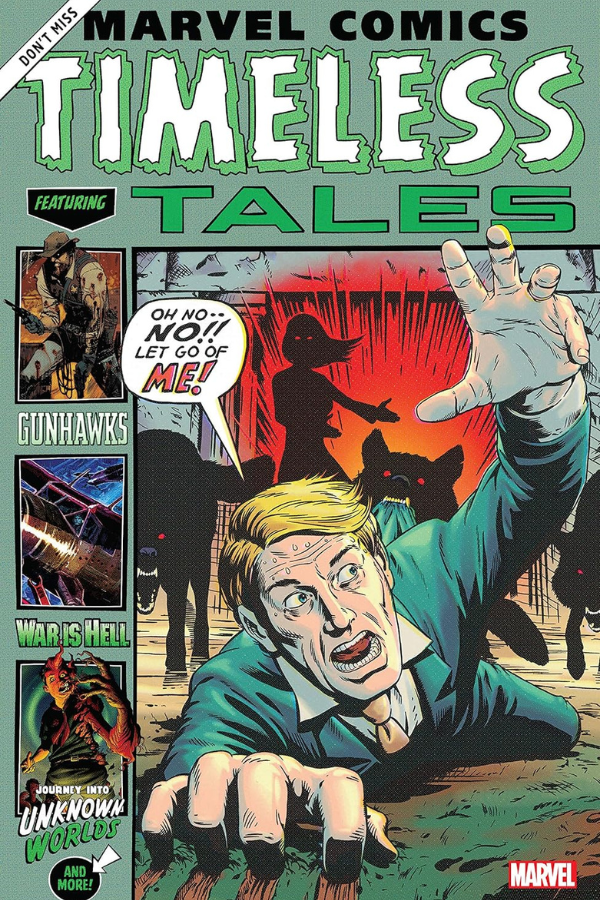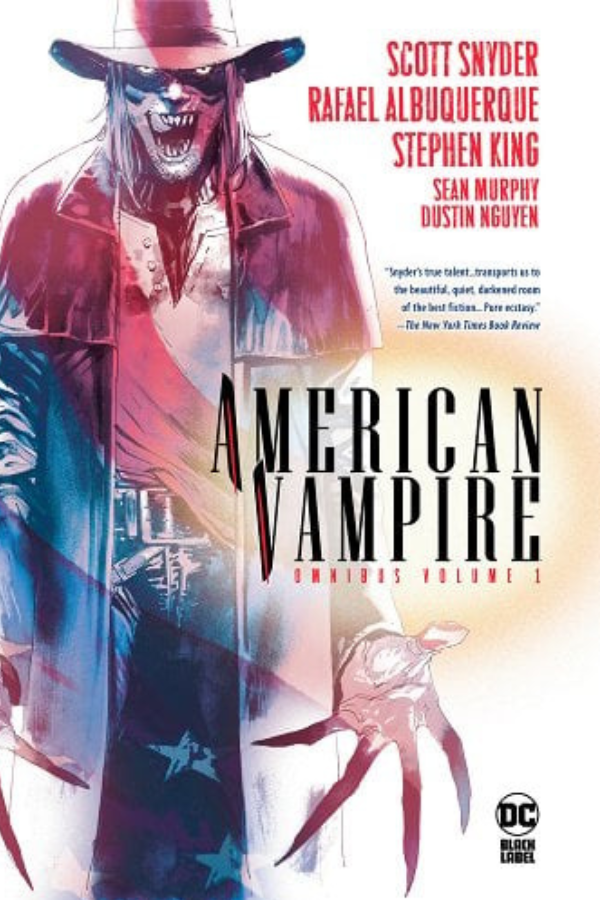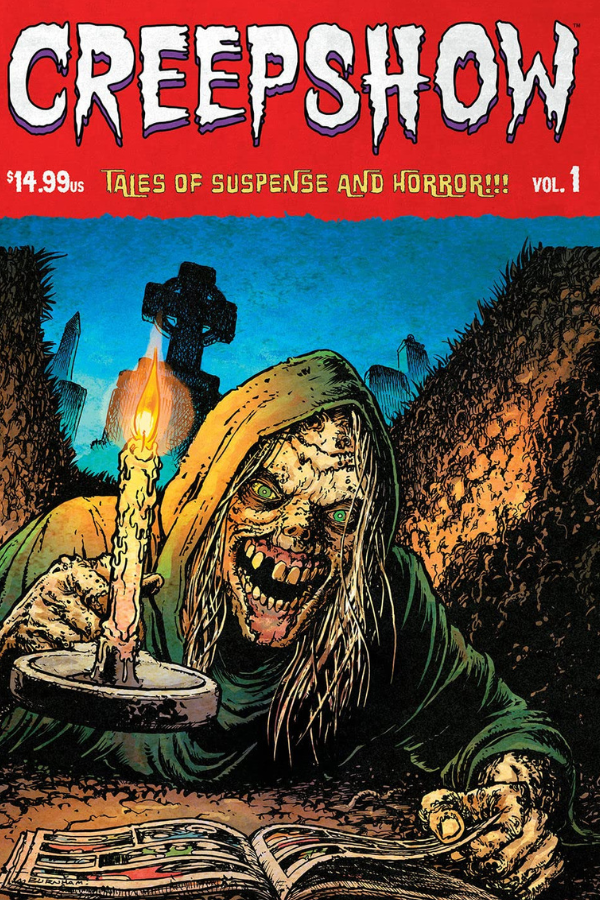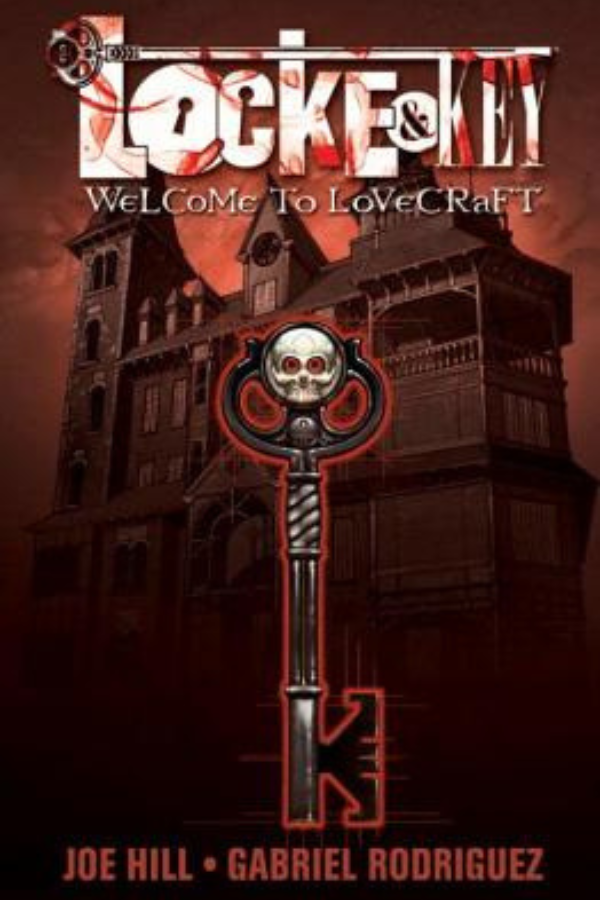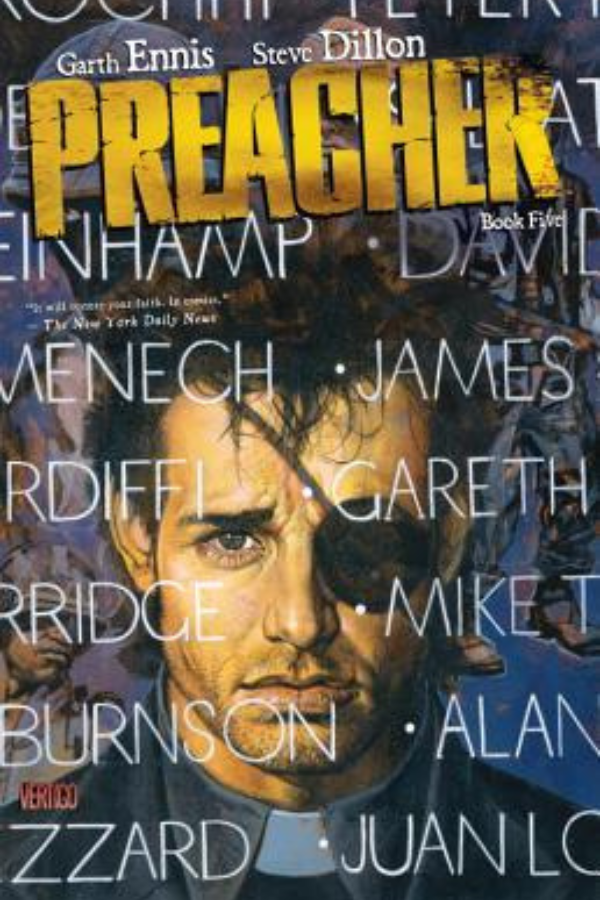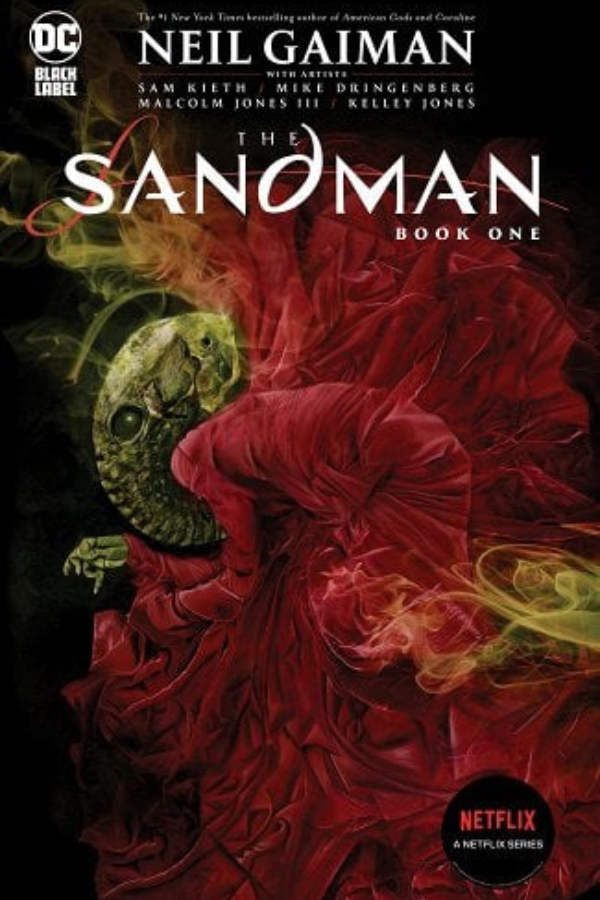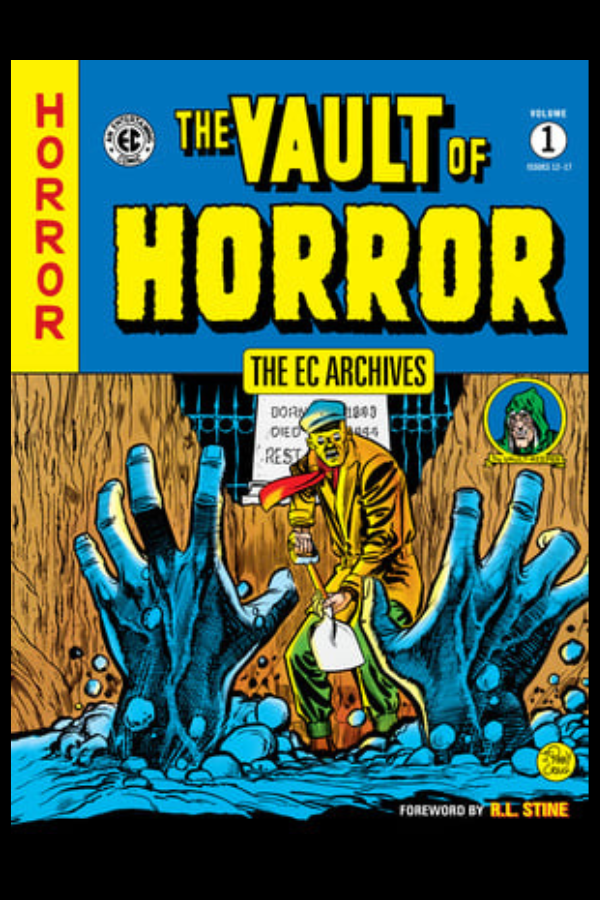<< BACK TO LAUGHING BOY BOOKS | BOOKSHOP UPDATES | MORE ABOUT COMICS ON BOOKSHOP >>
Batman Collection | Nightwing Collection | Indie Comics You Just Can't Miss | Saga: One of the Best-Selling Indie Comics of All Time | Essential Marvel Comics | Terrifically Terrifying Comics | How the Horror Comics of the 1950s Nearly Buried the Industry... |
Batman Collection | Nightwing Collection | Indie Comics You Just Can't Miss | Saga: One of the Best-Selling Indie Comics of All Time | Essential Marvel Comics | Terrifically Terrifying Comics | How the Horror Comics of the 1950s Nearly Buried the Industry... |
INDIE COMICS YOU JUST CAN'T MISS
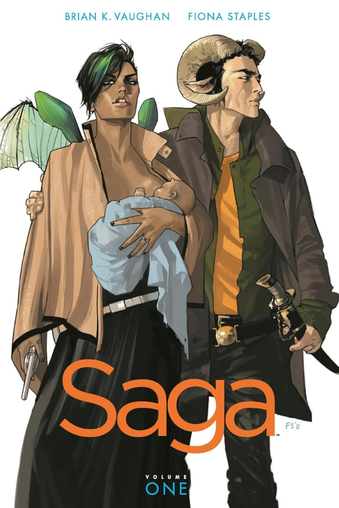
SAGA: ONE OF THE BEST-SELLING INDIE BOOKS OF ALL TIME
Brian K. Vaughan (author) and Fiona Staples (illustrator)
If you're looking for a series that breaks the comic book mold — no superheroes and intensely character-driven — then you probably couldn't choose better than Saga.
The story follows a family — Marko, Alana and their daughter Hazel — who are on the run across the galaxy, pursued by two different warring factions from which they deserted. It's a sweeping tale set against a galaxy as vast and interesting as anything you'll find in Star Wars or other, best-known franchises, but it never loses sight of also being an intensely personal family drama. And the artwork is both stylish and beautiful.
Started in 2013, there are now numerous Saga books to enjoy and the series has won multiple awards including a Hugo for Best Graphic Story.
Brian K. Vaughan (author) and Fiona Staples (illustrator)
If you're looking for a series that breaks the comic book mold — no superheroes and intensely character-driven — then you probably couldn't choose better than Saga.
The story follows a family — Marko, Alana and their daughter Hazel — who are on the run across the galaxy, pursued by two different warring factions from which they deserted. It's a sweeping tale set against a galaxy as vast and interesting as anything you'll find in Star Wars or other, best-known franchises, but it never loses sight of also being an intensely personal family drama. And the artwork is both stylish and beautiful.
Started in 2013, there are now numerous Saga books to enjoy and the series has won multiple awards including a Hugo for Best Graphic Story.
ESSENTIAL MARVEL COMICS READING
TERRIFICALLY TERRIFYING COMICS
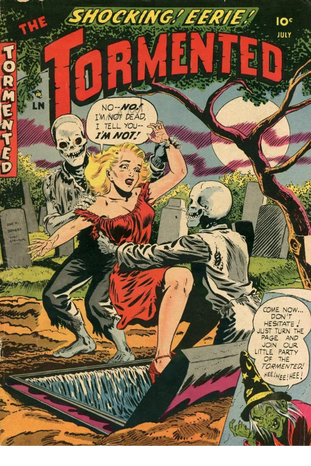
HOW THE HORROR COMICS OF THE 1950s NEARLY BURIED THE INDUSTRY...
While contemporary critics still heap plenty of hate onto comic books, back in the 1950s concern over them was so intense it actually resulted in Congressional hearings and the formation of the Comics Code Authority (CCA), a regulatory body formed by the industry in 1954 as a way of heading off widespread government censorship.
However, at least part of the hysteria that led to the CCA etc. may have been warranted. During what's often considered the most idealistic decade in American history, horror comics were truly horrifying. While many of these books were intended to be morality tales in which greedy, selfish and spiteful protagonists get their horrific just-desserts in the end, having them eaten alive by corpses was way too much for many parents and law-makers. Graphic depictions of dismemberment, decapitation, cannibalism, bondage, occult activities and more were really shocking, especially for a time we often remember as being defined by the bland entertainment of Leave It to Beaver and bubblegum pop music.
While contemporary critics still heap plenty of hate onto comic books, back in the 1950s concern over them was so intense it actually resulted in Congressional hearings and the formation of the Comics Code Authority (CCA), a regulatory body formed by the industry in 1954 as a way of heading off widespread government censorship.
However, at least part of the hysteria that led to the CCA etc. may have been warranted. During what's often considered the most idealistic decade in American history, horror comics were truly horrifying. While many of these books were intended to be morality tales in which greedy, selfish and spiteful protagonists get their horrific just-desserts in the end, having them eaten alive by corpses was way too much for many parents and law-makers. Graphic depictions of dismemberment, decapitation, cannibalism, bondage, occult activities and more were really shocking, especially for a time we often remember as being defined by the bland entertainment of Leave It to Beaver and bubblegum pop music.



